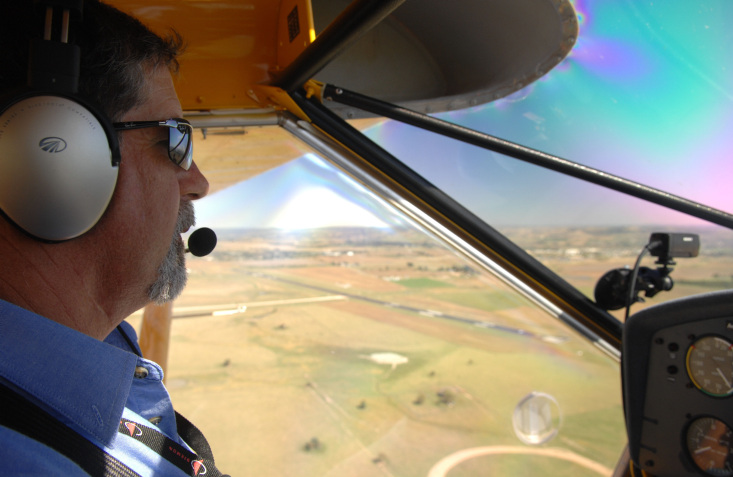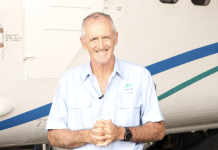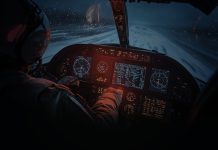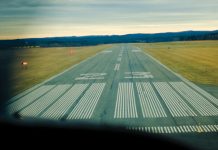The Department of Infrastructure, Transport, Regional Development, Communications, Sport and the Arts is seeking feedback on a potential expansion of the automatic dependent surveillance-broadcast (ADS-B) mandate in Australia.
While ADS-B OUT is already required for aircraft operating under IFR, the discussion paper considers expanding the requirement to include aircraft operated under the VFR as well as to require ADS-B IN for all aircraft. This would impact all aircraft including drones and advanced air mobility (AAM) aircraft.
What the consultation proposes
- VFR aircraft – staged introduction of ADS-B OUT and ADS-B IN commencing in 2028, specifically:
- for class A airspace, requirement for approved ADS-B equipment from 2028
- for class D, E or G airspace, a requirement for either approved ADS-B equipment or an EC device from 2028
- requirement for ADS-B IN for capable aircraft from 2028
- for class B and C airspace, a requirement for approved ADS-B equipment from 2033.
- In the long term (beyond 2033) – transition to approved ADS-B equipment for all VFR aircraft in all airspace.
- IFR aircraft – ADS-B IN required from 2033.
- Remotely piloted aircraft systems (RPAS) – ADS-B IN required for all beyond visual line of sight (BVLOS) operations from 2028.
- Medium and large drones, plus small drones that operate above 400 feet – ADS-B OUT would be required from 2028.
- AAM – would require ADS-B IN and OUT from 2028.
The department is seeking input on:
- support for an ADS-B mandate
- a potential model for an ADS-B mandate
- alternative models for an ADS-B mandate
- the extent to which ADS-B is used today.
Provide your feedback on the department’s Have Your Say website by 27 October 2025. Feedback will be used to support future advice to the Government.






Comments are closed.